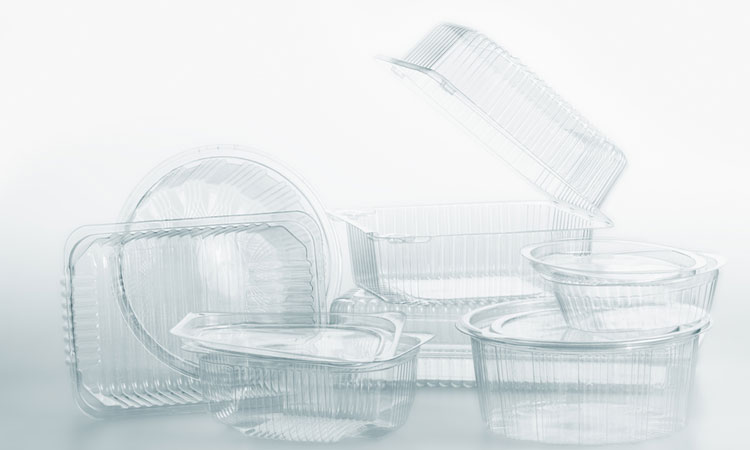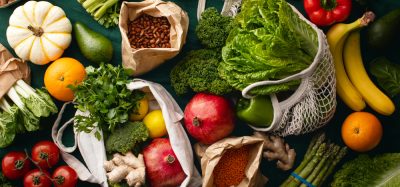Compostable polymer: The beginning of a revolution in packaging?
- Like
- Digg
- Del
- Tumblr
- VKontakte
- Buffer
- Love This
- Odnoklassniki
- Meneame
- Blogger
- Amazon
- Yahoo Mail
- Gmail
- AOL
- Newsvine
- HackerNews
- Evernote
- MySpace
- Mail.ru
- Viadeo
- Line
- Comments
- Yummly
- SMS
- Viber
- Telegram
- Subscribe
- Skype
- Facebook Messenger
- Kakao
- LiveJournal
- Yammer
- Edgar
- Fintel
- Mix
- Instapaper
- Copy Link
Posted: 4 October 2018 | Iqra Farooq (New Food) | No comments yet
Compostable biodegradable polymers could be the future of food packaging, with the researchers looking to collaborate to further optimise the product.


Human have produced over eight billion tons of plastic.
Only half of the 80 million tons of plastic packaging waste produced year-upon-year is recycled, with the rest ending up polluting forests, lakes, meadows and oceans.
Dr Sabine Amberg-Schwab from the Fraunhofer Institute for Silicate Research ISC in Wurzburg has been investigating a class of material called bioORMOCER’s, which are biodegradable and compostable foils.
In an interview, Dr Amberg-Schwab mentioned that the team has developed the biodegradable barrier coating, after decades of experience developing ORMOCER-based barrier layers for packaging films. She mentioned that it was a logical step to research organically-based, biodegradable coatings for films.
“We should try to avoid packaging wherever we can. But that is not going to work across the board. For a real revolution in packaging, we will have to have several legs to stand on. Developing compostable packaging. Keeping packaging in circulation, recycling and avoiding packaging,” said Dr Amberg-Schwab.
She describes how biodegradable and compostable materials that are made of cellulose polylactide or starch blends have long been available on the market, but how they have limited use.
“These biopolymers are of limited use because they cannot properly protect food against moisture and oxygen.”
She explained how the materials are too permeable to moisture, oxygen, carbon dioxide and flavourings, and are not able to guarantee the minimum shelf life required for foods so the research team upgraded the bioplastics with organically-based, biodegradable coatings to improve their properties.
She mentioned: “They now provide sufficient protection to prevent moisture, gas and foreign substances from entering the packaging’s contents. We want to make compostable polymer films competitive and help them to become a widely available commodity.”
As conventional packaging is cheap, readily available, and has been optimised, the new material cannot currently compete in terms of price.
“Even so, I am optimistic: We developed the basic material system; now we are looking for companies to pursue the idea with us. The prospects certainly look good: We are engaging in a twelve-month accelerator program that is part of the Circular Materials Challenge, where we won the New Plastic Innovation Prize. This puts us in touch with companies that are also interested in developing sustainable packaging materials,” she said.
Dr Amberg-Schwab mentioned that the materials are available now for trials and further optimisation.
Related topics
Food Safety, Packaging & Labelling, Supply chain, Sustainability, The consumer









